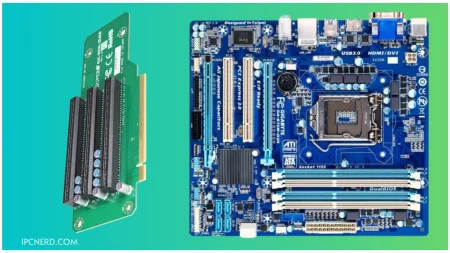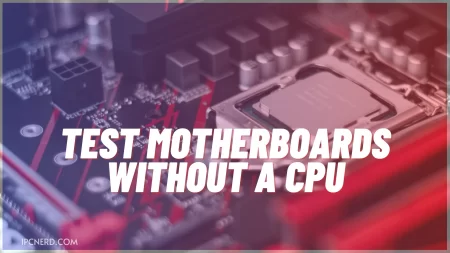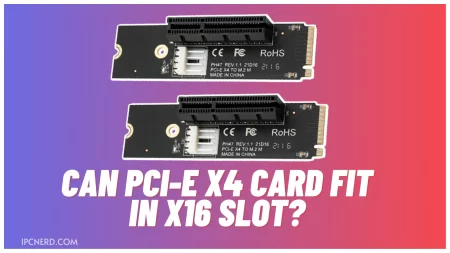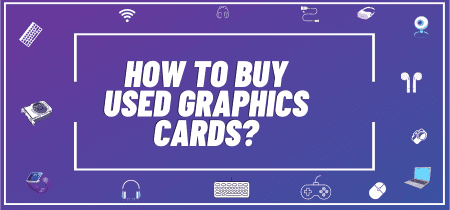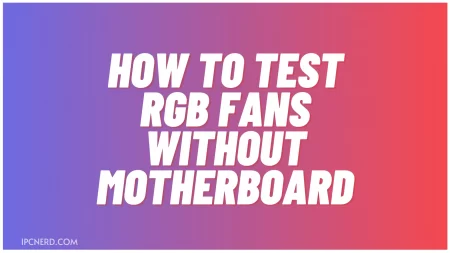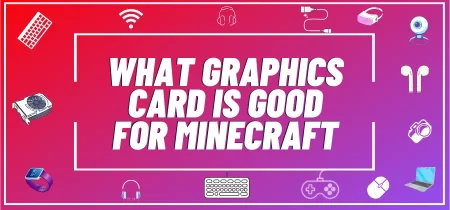The motherboard is an important computer component, and different models are available to suit your needs.
This piece looks at the many factors you should consider when purchasing a motherboard for your specific situation – including the features that matter most to you and how much to spend on each.
- How Much Should You Spend On A Motherboard?
- Here are some tips on how much to spend on a motherboard:
- Basic Terms and Components
- What Size Motherboard Should I Buy?
- How to Choose a Motherboard
- Size and Type:
- Processor Support:
- Memory Support:
- Connectivity Options:
- What Type of Motherboard Should I Buy?
- Frequently Asked Questions
- Conclusion
How Much Should You Spend On A Motherboard?
When shopping for a motherboard, there are a few factors to consider. The most important factor is the amount of money you’re willing to spend. But don’t forget to consider other factors, such as the chipset and processor that will be installed on the board.
Here are some tips on how much to spend on a motherboard:
Begin by determining what type of processor you’ll be using. Most motherboards have at least one chipset supporting various processors.
Some motherboards come with more than one chipset, so make sure you know which one your processor will use. Once you know the processor type, look for a motherboard that supports that specific processor.
Next, decide what storage drive you’ll be using. Most motherboards include at least one SATA port, which can support an external hard drive or optical drive. If you plan to install an SSD (solid state drive), ensure the motherboard has enough ports to support it.
Finally, figure out what add-ons or features you need and whether they’re included in the price of the motherboard. Some features that may be important to you include an onboard graphics card and USB 3.1 ports.
Basic Terms and Components
A motherboard is the central component of a computer system and its main interface with other components. It contains the main electrical and mechanical connections between the CPU, memory, chipset, graphics card, storage devices, and peripherals.
Choosing a motherboard that matches your intended use and budget is important. A basic configuration for a home or small office PC might cost as little as $50-USD 70, while a more high-end rig might cost USD 100+.
There are many factors to consider when choosing a motherboard:
Chipset: This integrated circuit is responsible for connecting the CPU, memory, graphics card, and other peripheral devices. The chipset will also control aspects of these devices, such as clock speed and voltage.
The best chipsets offer overclocking capabilities and built-in security measures to protect against malware or hardware attacks.
Memory type: RAM (random access memory) can be classified into two types – DDR3 or DDR4. DDR3 has been around longer, but DDR4 is becoming more common due to its increased bandwidth and faster speeds. More expensive motherboards may come with modules supporting both types of RAM.
Storage: Most motherboards include at least one SATA port for connecting hard drives and SSDs (solid-state drives).
Many also have USB 3 ports connecting external devices such as mice, keyboards, and printers. Some high-end boards come with multiple M2 slots for adding extra storage drives.
Graphics: Most motherboards include a dedicated graphics card slot that can hold either an integrated or discrete graphics card.
Integrated graphics cards are usually slower than dedicated graphics cards, but they are cheaper and may be all that is necessary for some users. A discrete graphics card provides better performance and is typically more expensive, but it can be installed in any available PCI slot.
What Size Motherboard Should I Buy?
Generally, a motherboard will come in three sizes: ATX, microATX, or mini-ITX. Your size is based on the number of expansion slots and connectors you need. Here’s a closer look at each size:
- ATX (12xExternal Ports): Most common motherboard size; best for large systems with multiple graphics cards and other expansion cards
- microATX (8xExternal Ports): Perfect for smaller systems with one or two graphics cards; uses less power and is cooler than ATX boards
- mini-ITX (4xExternal Ports): Best suited for small PC builds or embedded systems; limited Expansion Slots
How to Choose a Motherboard
Choosing the right motherboard can be quite daunting, especially if you are unfamiliar with all the different types and features available on the market. To help make your decision easier, we have compiled a list of key factors to consider when purchasing a motherboard.
Size and Type:
The first major consideration when choosing a motherboard is size and type. There are various types of motherboards available on the market, from tiny microATX boards that fit in small spaces to larger ATX boards that accommodate more powerful components.
It is important to choose the right type for your needs. If you are looking for a basic motherboard that only supports basic components, a microATX board may be perfect.
On the other hand, if you are looking for a platform that can accommodate more powerful processors and graphics cards, an ATX board may be better suited.
Processor Support:
Another important factor to consider when choosing a motherboard is processor support. Motherboards come in different shapes and sizes, but they all have one thing in common–they are designed to hold one or more processors.
Some motherboards include built-in support for multiple processor types, while others require additional hardware—such as an upgradeable processor socket—to support more than one type of processor.
Make sure you choose a motherboard that supports the processors you want to use before buying them!
Memory Support:
Another important factor to consider when choosing a motherboard is memory support. Most motherboards come with at least one memory slot, which can be used to install a single memory module.
Some motherboards, however, include dual or triple memory slots that can be used to install two or three memory modules. Make sure you choose a motherboard with the memory support you need before buying any components.
Connectivity Options:
One of the most important features of a motherboard is its connectivity options. A good motherboard should have plenty of ports and connections to connect all the devices you need.
Some of the most common ports and connections include USB, Ethernet, and audio. Make sure you choose a motherboard with the needed ports and connections before buying any components.
What Type of Motherboard Should I Buy?
There are a few factors to consider when choosing a motherboard. The type of processor and other components that will be installed will determine what type of motherboard is needed. The following are the most important considerations:
Processor: A motherboard is designed primarily for processors, so make sure the one you choose can support the one you plan to install. Most motherboards have at least one PCI Express slot, which allows for more than one processor to be installed.
Memory: Memory is also an important factor to consider when choosing a motherboard. Make sure the board has enough slots available for memory modules.
Some boards also have built-in memory controllers that automatically deal with higher speeds and greater amounts of memory than standard DDR3 RAM.
Storage Controllers: Storage controllers are another important consideration when choosing a motherboard. Make sure the board has enough ports for storage devices, such as hard drives and CD/DVD drives.
Many boards also include USB 3.0 and SATA 6Gb/s ports, allowing quick data transfers between devices and faster system boot times.
Frequently Asked Questions
How much should I spend on a motherboard?
Generally, you should spend between $60 and $150 on a motherboard. However, there are several factors to consider when choosing a motherboard, such as the features and specifications you need and your budget.
What types of connectors are on a motherboard?
Most motherboards feature a variety of connectors, including USB ports, USB 3.0 ports, Ethernet ports, and audio jacks.
What type of graphics card should I buy?
This is a difficult question because it depends on your specific needs and budget. Generally, you should buy a graphics card with at least 1GB of memory that supports DirectX 11 or 12.
Conclusion
A motherboard is a key component for any computer system, and it’s important to get one that fits your budget. On this page, we have compiled a list of the best motherboards for different budgets so that you can find the perfect fit for your needs.
We recommend budgeting between $50 and $100 for a motherboard, and if you’re looking to spend a little more money, we suggest checking out our top picks in the $150-$200 range.

